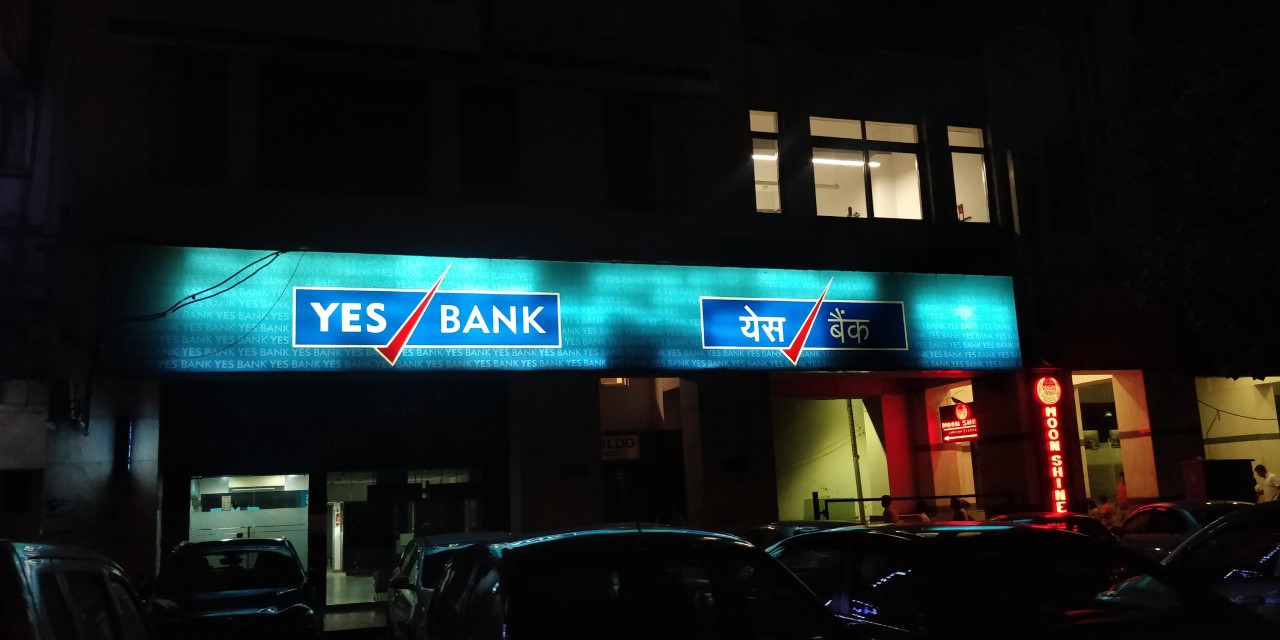RBI supersedes Yes Bank board, to draw up reconstruction plan in 30 days

English Post File Photo
New Delhi: The Reserve Bank of India on Thursday announced it has superseded the Yes Bank Board of Directors for 30 days and has appointed former SBI CFO Prashant Kumar as the bank’s administrator.
In line with the provisions of the Banking Regulation Act, the RBI will explore and draw up a scheme in the next few days for the bank’s reconstruction or amalgamation and with the approval of the Central government, put the same in place well before the period of moratorium (30 days) ends so that the depositors are not put to hardship for a long period of time.
The Reserve Bank has also issued certain directions to the bank under section 35A of the Act.
“In exercise of the powers conferred under 36ACA of the Banking Regulation Act 1949, the Reserve Bank has in consultation with the Central government, superseded the Board of Directors of Yes Bank Ltd for a period of 30 days owing to serious deterioration in the financial position of the bank. This has been done to quickly restore depositors’ confidence in the bank, including by putting in place a scheme for reconstruction or amalgamation.”
Prashant Kumar, ex-DMD and CFO of State Bank of India, has been appointed as the administrator under Section 36ACA (2) of the Act, the RBI said.
The RBI on Thursday capped withdrawal from Yes Bank at Rs 50,000 and effected moratorium on Yes Bank from 6 p.m. on Thursday to April 3.
It said the financial position of Yes Bank Ltd has undergone a steady decline, largely due to the inability of the bank to raise capital to address potential loan losses and resultant downgrades, triggering invocation of bond covenants by investors, and withdrawal of deposits. The bank has also experienced serious governance issues and practices in the recent years which have led to a steady decline of the bank.
The Reserve Bank has been in constant engagement with the bank’s management to find ways to strengthen its balance sheet and liquidity. The bank management had indicated to the RBI that it was in talks with various investors and they were likely to be successful. The bank was also engaged with a few private equity firms for exploring opportunities to infuse capital as per the filing in stock exchange dated February 12, 2020. These investors did hold discussions with senior officials of the Reserve Bank but for various reasons eventually did not infuse any capital.
Since a bank and market led revival is a preferred option over a regulatory restructuring, the RBI made all efforts to facilitate such a process and gave adequate opportunity to the bank’s management to draw up a credible revival plan, which did not materialise. In the meantime, the bank was facing regular outflow of liquidity, the RBI said.
After taking into considering these developments, the RBI came to the conclusion that in the absence of a credible revival plan, and in public interest and the interest of the bank’s depositors, it had no alternative but to apply to the Central government for imposing a moratorium under section 45 of the Banking Regulation Act, 1949. Accordingly, the Central Government has imposed moratorium effective from Thursday.
The RBI also assured the depositors of the bank that their interest will be fully protected and there is no need to panic.
IANS




